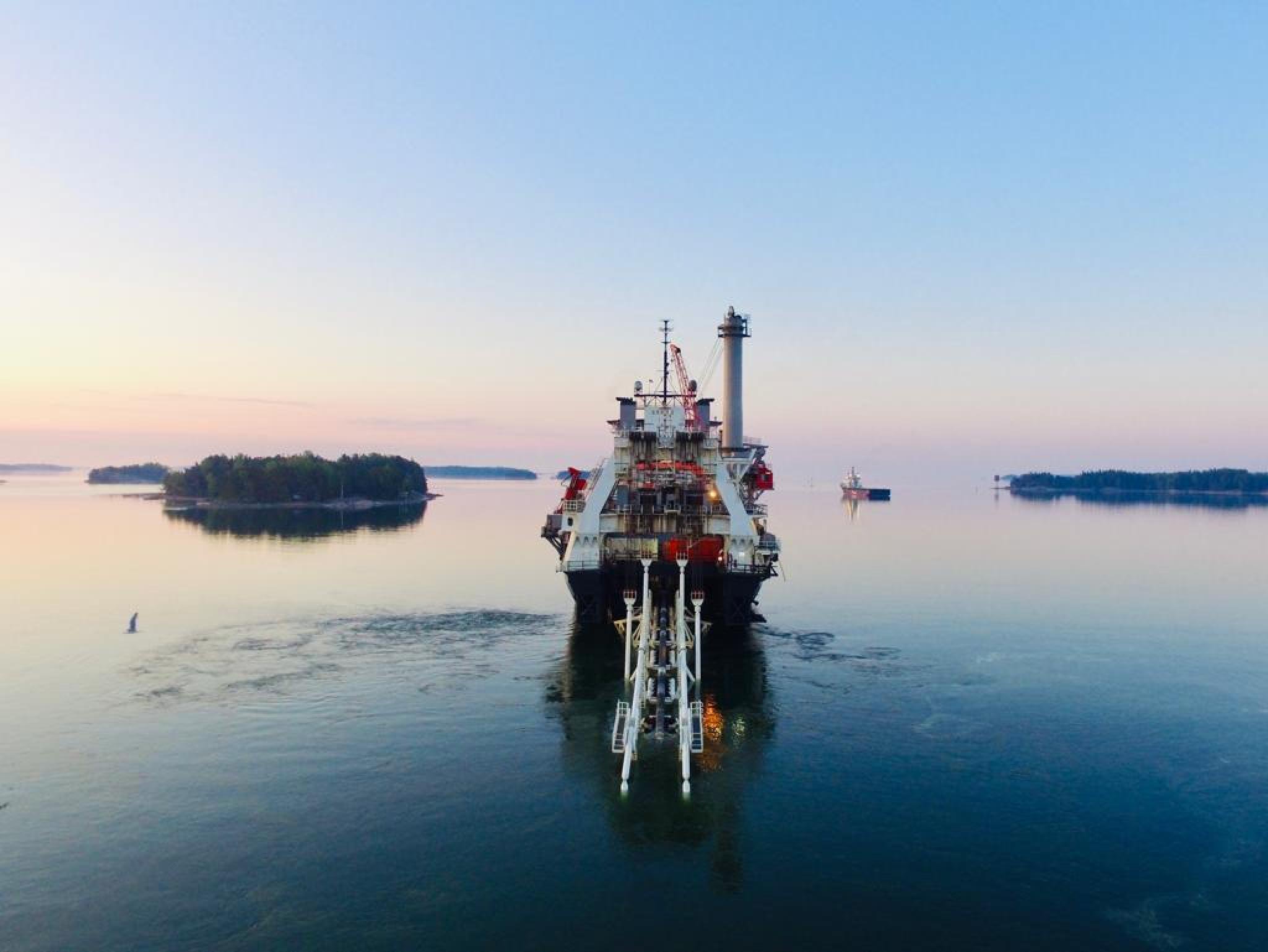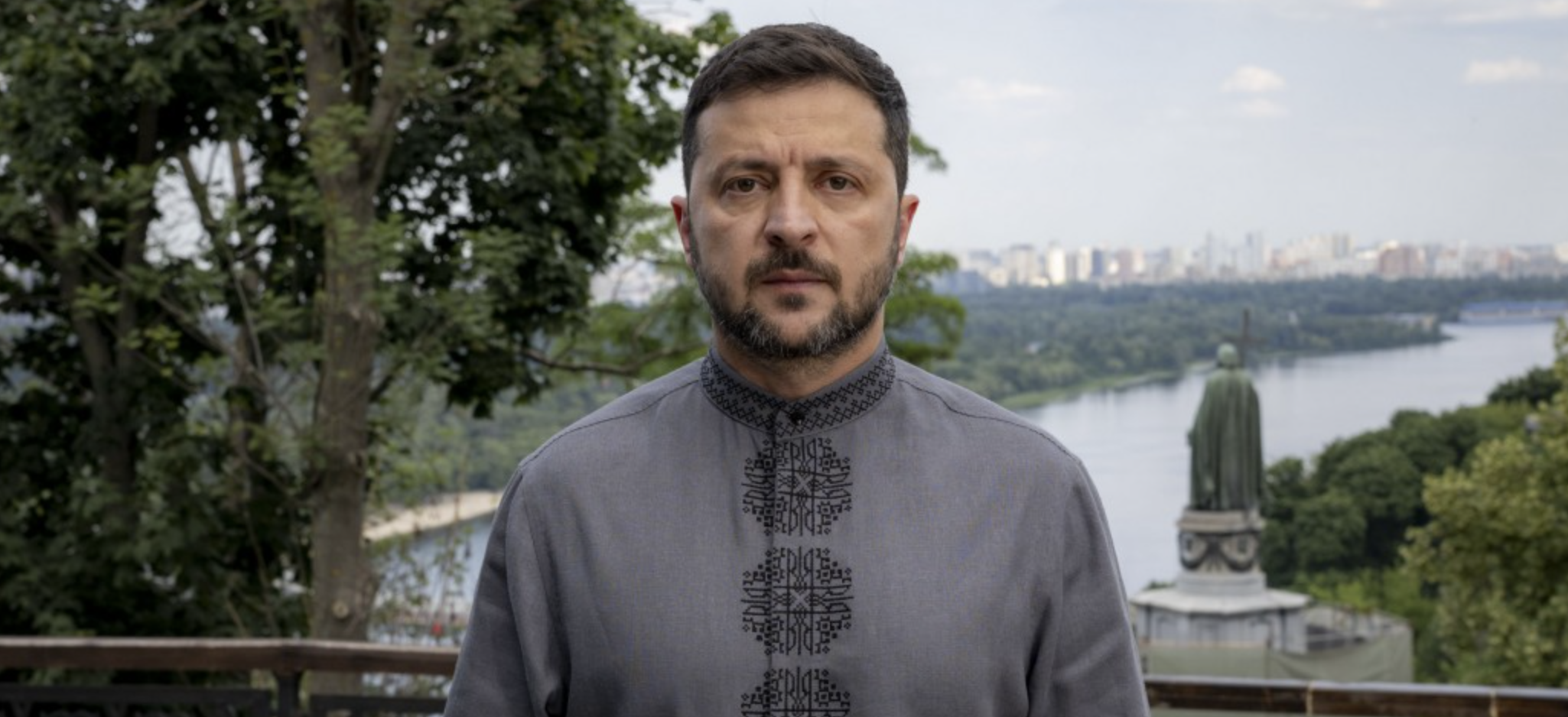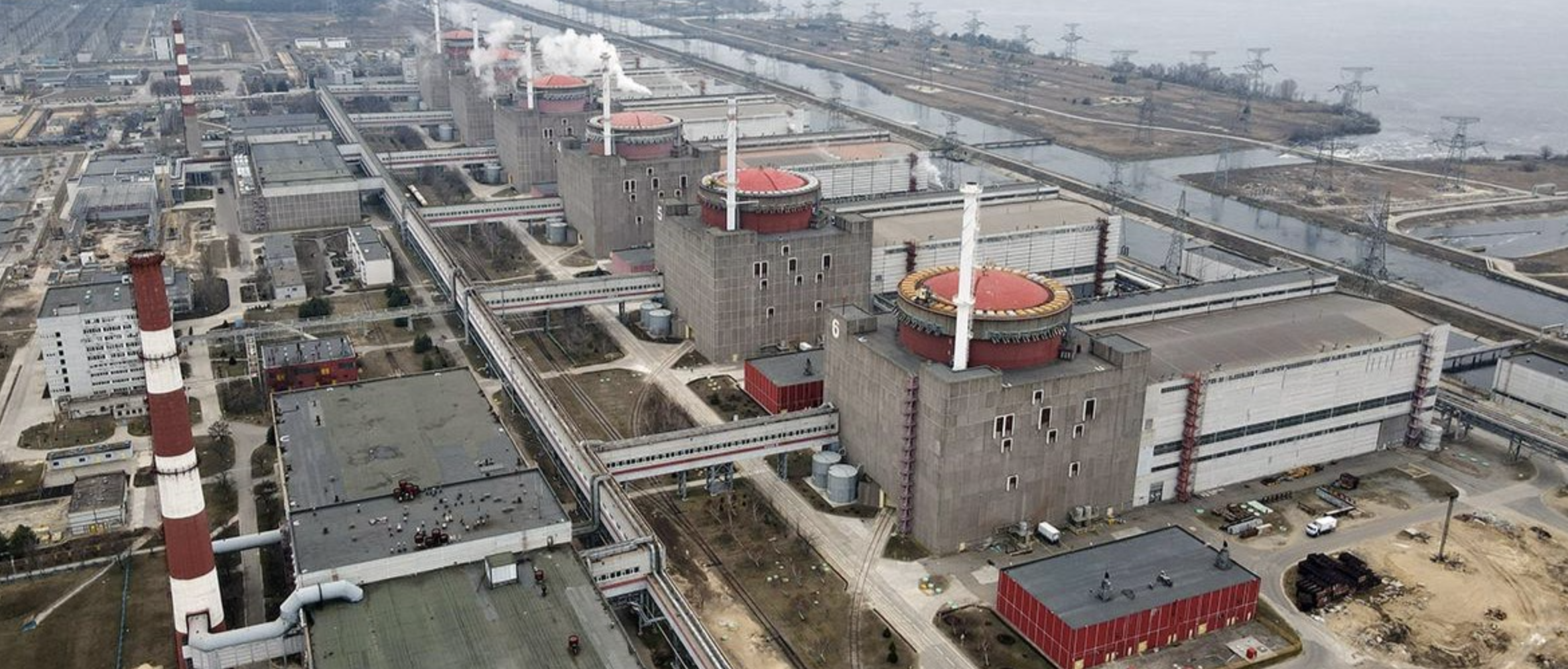
A leak was detected on the Balticconnector gas pipeline, which runs between Finland and Estonia at the bottom of the Gulf of Finland. The situation was discovered on October 8, the journalists write. Helsinki later found the site of the damage and stated that the incident could not have happened by accident. A communication cable in Estonian waters was also damaged.

Finnish state-owned Gasgrid Finland said the pressure in the gas pipe dropped so quickly that the only possible cause was a hole in the structure. The supply of blue fuel was blocked. The Norsar Research Institute recorded the explosion on the same day the gas pipeline began leaking. At the same time, no seismic activity was observed in the region.
Sauli Niinistö, the president of Finland, said that the probable damage to both the gas pipeline and the cable is the result of external activity. The exact cause of the incident is currently unknown.
“The investigation will continue in cooperation between Finland and Estonia. We are also in constant contact with our allies and partners. I discussed with Nato Secretary General Jens Stoltenberg today. NATO is ready to assist with the investigation,” Niinistö said.
Finland’s political and military leadership suggests that Russia could be behind the incident, the Finnish newspaper Iltalehti reported, citing sources. The country’s special services believe that the situation threatens the country’s national security. The investigation is ongoing. Russia’s involvement is indicated by Russian vessels spotted near the Finnish coast.
NATO Secretary General Jens Stoltenberg has warned that any deliberate damage to the Alliance’s critical infrastructure will trigger a response, Bloomberg writes. Defense ministers will discuss this topic during a meeting in Brussels.
“The important thing now is to establish what happened and how this could happen. … If it is proven to be a deliberate attack on NATO critical infrastructure, then this will be serious but will also be met by a united and determined response from NATO,” Stoltenberg said.
Currently, gas is supplied through LNG terminals. The accident does not affect the gas supply for Estonian consumers.
Photo, map: Balticconnector, Estonian Public Broadcasting









